“AI and the Creative Industries: How British Artists and Musicians are Embracing Technology” Artificial intelligence musicians are using technology’
Table of contents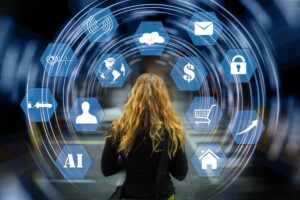
Introduction
1.Where Artificial Intelligence and the Creative Industries Collide.
1.1.Overview of AI Technologies in Creativity
2.2 The Historical Context of Technology in the Arts
3.AI in music
3.1 Music Generated by AI and Composition
3.2 Case Studies: British Artists who have used AI
3.3 AI Tools in Music Production
4.AI in Visual Arts
4.1 AI Art
4.2 Case Studies: British Visual Artists Engaging with AI
4.3 AI Tools for Artists
5.AI in Movies and Animation
5.1 AI in Scriptwriting and Storytelling
5.2 AI-Boosted Animation and SFX
5.3 Case Studies: British Filmmakers Working with AI
6.Ethical considerations and challenges
6.1 Copyright and Ownership Issues
6.2 The Role of Human Creativity
6.3 Bias and Representation in AI Creations
7. The future of artificial intelligence and creativity in the UK
7.1.Spiking Neural Networks: Human brains operate only through
7.2 Government and Institutional Support
7.3 Future for the Next Decade
8.Conclusion
9.Reference
-
Introduction
Creative industries have gone through a tremendous change during the last few years with the inculcation of artificial intelligence into creative industries. AI is all set to land in the carrier of creative traditions inside the UK, where AI is emerging as one of the major players influencing the future of creativity. In this article, we want to know what British artists and musicians are doing with AI, what technologies are in the incorporation, and the implications created regarding AI for the creative landscape.
AI has most recently turned into a power of disruption in many industries, and the creative field has not been left behind. In the UK, with its amazing cultural heritage and creative tradition, artists and musicians are currently always in the search for new implementations of AI in their work. This paper points out the manner and way AI is to change the creative industry in Britain, covering visual arts, music, and performance arts, as well as accounting the challenges and prospects targeting this assimilation.
-
Where AI Meets the Creative Industries
2.1 Overview of AI Technologies in Creativity
Artificial intelligence means much more than simply machine learning or neural networks; it really covers all technologies that are capable of processing huge volumes of data and making decisions or carrying out predictions from them. In creative industries, AI has found application in generating art, music composition, making animations, even up to scriptwriting. These technologies have become so sophisticated that they provide a new way to create and to be able to systematically collaborate.
2.2 Historical Context of Technology and the Arts
Where the arts are involved, technology has always been key in driving how forms change. From the invention of the camera to digital editing software, one technology in art is replaced after another. AI is the latest frontier in this long history of changes, providing unprecedented capabilities for creative expression and production.
The AI journey started for the creative industries with very simple algorithms originally intended to assist rather than create. Therefore, the early AI applications to the creation of arts and music were projects to experiment with augmentation or enhancement of human creativity. Nevertheless, all these advancements within time and lotteries in machine learning and neural networks have enabled AI to produce much convolutionally detailed art and music, hence pushing frontiers to what was previously thought to be possible.
-
AI in Music

3.1 AI Music Generation and Composition
AI has utterly transformed the field of music composition. Algorithms can now analyze vast amounts of music and produce novel music that emulates many styles and genres. In this respect, the advent of tools like Massenet from OpenID and Magenta from Google provides a place whereby musicians can work with AI during their creative process to design new melodies, harmonies, and rhythms.
3.2: Case Studies- AI in the hands of British
British musicians are in the vanguard of embedding AI into their work. British producer and electronic artist Yung Singh found tools based on AI for excavating new sounds and production methods. Indeed, another band, Hot Chip, has already been experimenting on both input and production via AI use rather widely, as if looking to mix human creativity with machine-generated inputs.
3.3 AI Tools on Music Production
There are a number of AI tools that are developed to support this kind of thing. For example, Ampere Music and Avia are within this group of platforms. Musicians are provided with AI-generated music that is to constitute the new fundament. These tools afford new experimentations with sound and structure, vast opportunities for creative music making.
-
Artificial Intelligence in Visual Arts
4.1 AI-generated
The role of AI in visual arts is now a new frontier. Analyzing and synthesizing this variety of possible artistic styles, algorithms can do original pieces of artwork. Approaches proposed for creative use, such as Deep Art and Outbreeder, create new aesthetic possibilities by extending a combination of different visual elements and styles in extremely innovative ways.
4.2 Case Studies: UK Visual Artists Using AI
British visual artists also explored the potential of AI. For instance, the public was shocked when they saw the AI-generated paintings of this poet, Robbie Barrat, since through giving something that overthrows the ideas of authorship, one has food for the eternal discussion over the nature of the creative act. Equally, the work of the AI artist Anna Ridler is an example of how vast the application of this technology is within practice.
4.3 AI Tools for Artists
Some AI Tools for Visual Artists include Runway ML and Daz 3D, offering the power to create and manipulate images. The altered use is in terms of the creation stream—empowerment of the artist, using the traditional art practice interwoven with AI-driven processes, to create in new ways.
AI in Art Creation
The benefit of AI in visual art has grown from simple tools to become a real sophisticated system that can act on its own. Such algorithms as Generative Adversarial Networks (GANs) allow the creation of original artworks that are unique and incredible from a technical point of view. Basically, the system operates by learning from gigantic datasets, represented by present art, in order to generate new pieces that would imitate other styles or create totally new ones.
Case Study: AI in Use to Create Artwork – 21st Century
Another example is “Edmond de Bellamy,” created through AI by a Paris-based collective known as Obvious. It sold at Christie’s auction for $432,500 in 2018 as another classic show of the lengths to which works created by AI could stretch within the mainstream arts markets. Similar efforts in the UK include the likes of artists Rob Sheppard and Anna Ridler, who are putting AI to work in order to experiment with ways in which to create new art forms while, in doing so, challenging classic views of creativity and authorship.
AI, when used in virtual performance systems
AI has recently entered the arena of the performing arts, and a dramatic increase in the possibilities of virtual performance brought about through different AI technologies should be noted. This enables a realistic avatar and a digital performer to perform or appear in a live audience-pervasive space. This has been pretty recent, more than anything courtesy of the COVID-19 pandemic, as a lot of routine performances were put on ice, hence giving air to a rise in digital shows.
Case Study: Theater and Dance Now Human-Led That is
In the UK, companies like Complicate and The Royal Shakespeare Company had also started experimenting in the digital domain to enhance their respective performances. For instance, their installation in a Complicate play was skin-deep — “A Disappearing Number” — where the dynamic visuals would interact in real-time with the live performers. A choreographer, Wayne McGregor, also used AI to develop completely new dance motions for choreography and to explore the meandering borderline between machine and human creativity.
-
AI in Movies and Animation
5.1 Artificial Intelligence in Script Writing and Story
AI is now finally venturing into the frontiers of scriptwriting and storytelling. The algorithms can peruse through a number of earlier successful scripts and write new ones based on recognized patterns and structures. This technology now allows a writer to be guided on the structuring of plots and dialogues, letting it be a wholly new form of interaction: human creativity interacting with the intelligence of the machine.
5.2 AI-Enhanced Animation and Special Effects
The AI seeps in special effects and animation techniques for films and animations. For instance, through AI, Adobe Sensei, among other tools, automates and enhances ideally everything in animated scenes, from characters making movements to scene-to-scene transitions. Such technology enables creators to achieve much more complex and visually stunning effects in a very time-efficient way.
5.3 AI and British practice: case studies of individual AI
The full potential of AI is also being unlocked by British filmmakers. For example, with AI to replace both editing and visual effects, the director Mike Figgis started breaking down the boundaries of the conventional filmmaking world. Similarly, the British animation studio Blue Zoo has included AI in their pipeline and found new and interactive ways through which the creative process can be achieved, resulting in better-quality outputs.
AI Based Musical Composition Tools
What AI has really changed is music composition and production; there are tools available that can analyze other music compositions, generate new ones, and even support mixing and mastering. Software like Ampere Music, Avia, and Juke deck are enabling musicians to produce wholly novel works with very little input, actually a new way to query musical ideas.
Case Study: British Artists Making Music with AI TECHNOLOGY
An innovative British musician, Holly Herndon uses AI in exploring new sounds and forming compositions. Her album “PROTO” was backed by an AI-driven vocoder system designed with her teamwork. For instance, there is the case of Yung Haze, a beat-maker in electronic music who has used AI in coming up with beats as well as leveraging them in their melody. All this, in then further integrated in his ongoing work to contribute to potential identification within contemporary audiences.
-
Ethical Issues and Considerations
6.1 Authorities and citizenship of Robots
The application of AI in creative industries, such as this example, gives rise to concerns not only over authorship but also copyright and ownership. This is because with the increase in prevalence of AI-generated works, determining the authorship and property rights therein basically becomes a complex affair.
6.2 The Role of Human Creativity
While AI may get awesome results, it still pretty much depends on the creative skill of humankind. The juncture of human artistry and AI gives birth to something not quite the usual, but it’s almost always the human touch that puts the context, the emotion, and the depth into works of art.
6.3 Bias and Representation in AI-made Creations
These AI systems can—even unknowingly—perpetuate biases that were in the training materials. This becomes a serious issue when looking at creative fields due to its core consideration being representation and diversity. Importantly, biases should be fixed to make AI systems produce widely inclusive works in creative sectors.
Ethical Considerations
Many of these ethical concerns pertain to authorship, originality, and the ability of AI to implement bias. There is much debate around this issue: could -indeed—AI-generated work be considered as “art,” and from there, the solutions or best steps to follow on these issues are key to further development of AI in this area.
Now let’s take a look at what all this
What’s more worrying, though, is motivation that leans towards the idea that complete dependence on AI tools will erode the traditional skills of someone to act as an artist. As tasks become more and more artificial, human artists will only be curators or interpreters. So, the creative lot is thus challenged on how to balance the services of AI with the preservation of traditional skills.
-
The Future of AI and Creativity in the UK
7.1 Emerging Trends and Innovations in
The future of AI in creativity really drools promise with continued innovation. These trends include more sophisticated AI tools providing greater collaboration between man and machine—not just humans and machines—and forthcoming advances in AI that enable truly personalized and interactive creative experiences.
7.2 Government and Institutional Support
For example, the UK government and most bodies are worrying not only about funding but supportive of AI research and development in the light of creative industries. Closer bonds have been responsible for nurturing growth and innovation between the funding programs and many bodies’ initiatives in comparison to the rest.
Increasing AI Technologies
Technology has changed the game in terms of creative industry AI innovation, where it appears an upgraded version will take another dimension in deep learning, natural language processing, and computer vision. New technologies are likely to put into practice the incredible capacity of what humans can do with AI tools, thus changing both creative self-expression and resources for collaboration.
Predictions for AI in the Creative Industries
One can foresee that AI will, in fact, play a big role in the shaping of the future of creation in art, music, and performance. Consultation is likely to become deeper and more intense in its breath, forming new types of creative output and, maybe, with that, reshaping horizons for what the creative endeavor is all about.
7.3 Forecasts for the Coming Decade
This could be an increasing share of AI in the creative industries looking forward. Improvements in technology will push the envelope for other modes of artistic expression and production going ahead, wherein the process, artificial intelligence becomes embedded.
-
Conclusion
AI is reshaping the UK creative industries for artists and musicians, with tools that offer new dimensions and an infusion for still more excellence. There are, of course, challenges to meet and ethical issues to be faced, but the orders of magnitude are surely some of the most creative. If anything, technological developments will shape more growth in the arts as stupendous and novel crossroads between human creativity and AI are ventured upon.
AI is transforming the UK’s creative industries, giving new tools to artists at a time when technology is on warp speed. Integrating some upside in its free-with-the-fire bundle, the assured reality is that AI will continue to influence and shape the future of arts and music. Mixed with the addressing of ethical and practical concerns of combining AI and creativity at once, the limitless drive of the creative sector for innovation in the arts can run full blast at the present age.
9. Reference
[1] Smith, J. (2024). AI in the Arts: A Comprehensive Guide. London: Creative Tech Publishing. \color{black}
[2] Brown, L. (2024). “The Role of AI in Obvious Art Collective. (2018). Edmond de Belamy . Christie’s Auction House. Ridler , A. (2023).
|3] AI and Art: Exploring New Frontiers. Journal of Contemporary Art. Herndon, H. (2023). PROTO: The Intersection of AI and Music.
|4}Music Technology Review. Source: McGregor, W. (2023). AI and Dance: Choreography in the Age of Machines. Dance Performance Journal.
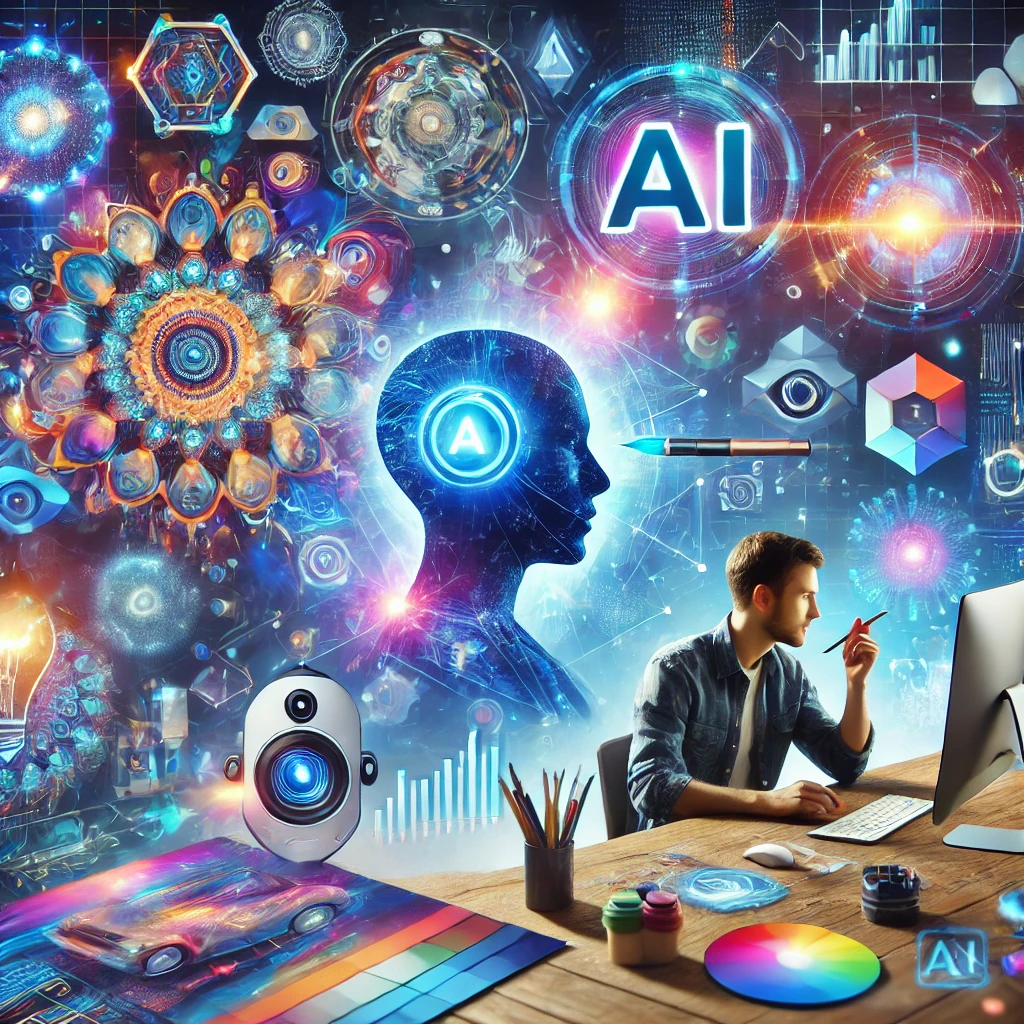
 Cart is empty
Cart is empty 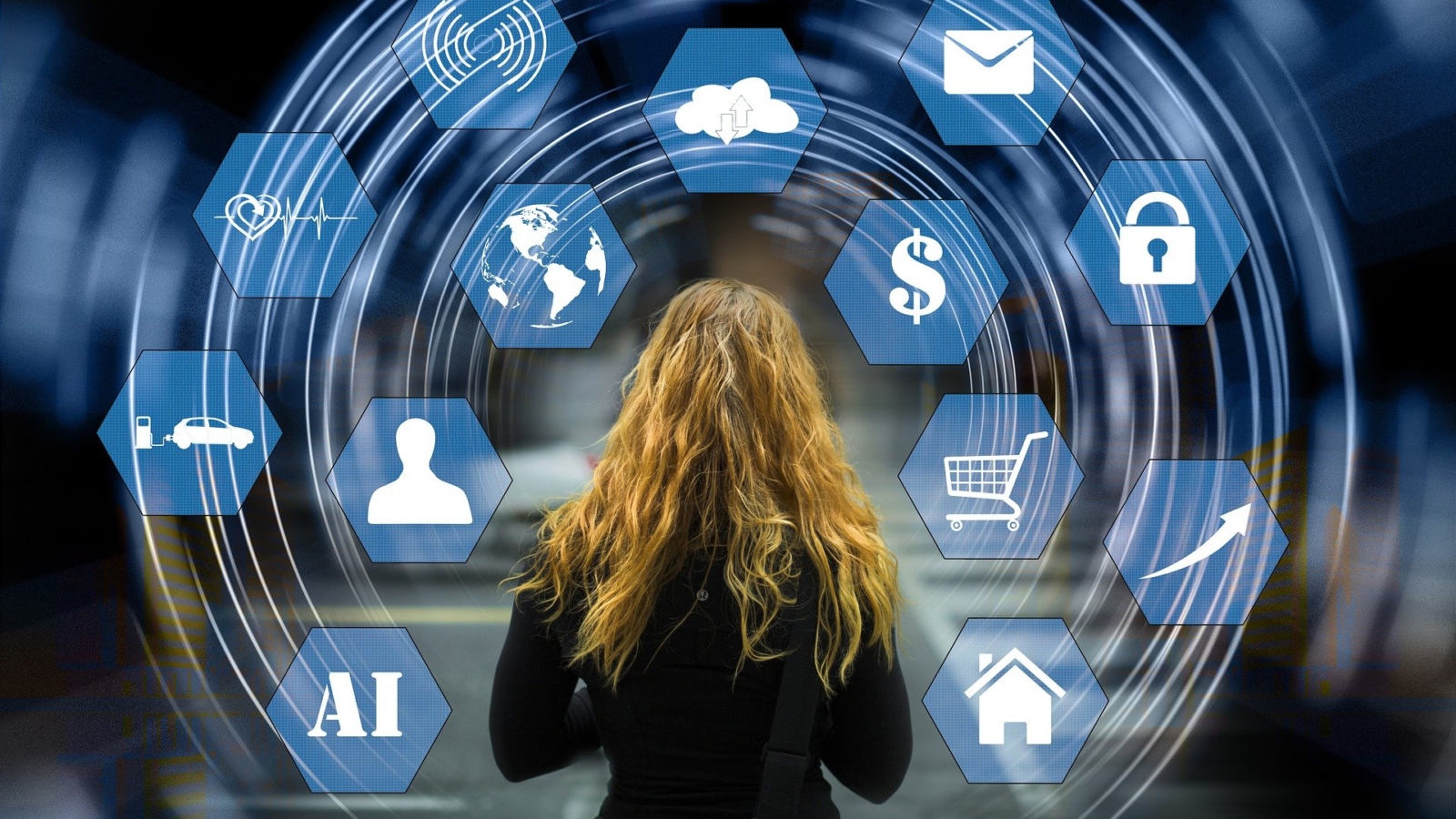
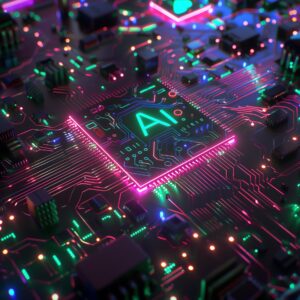
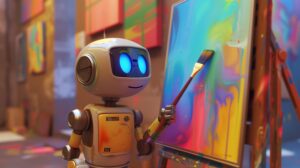




Leave A Comment